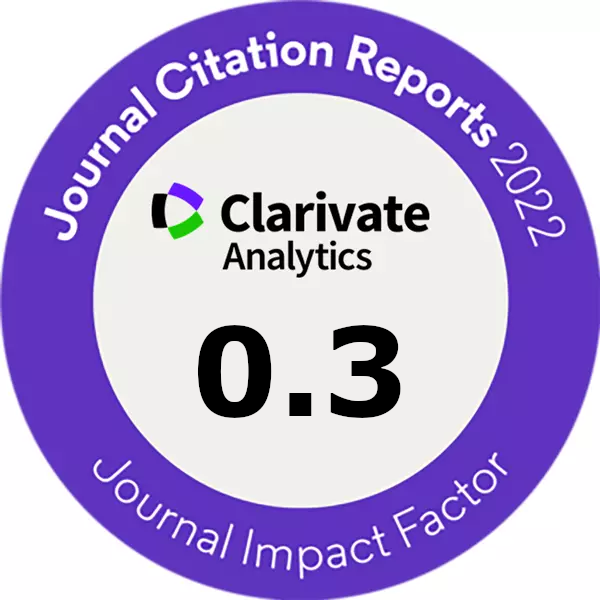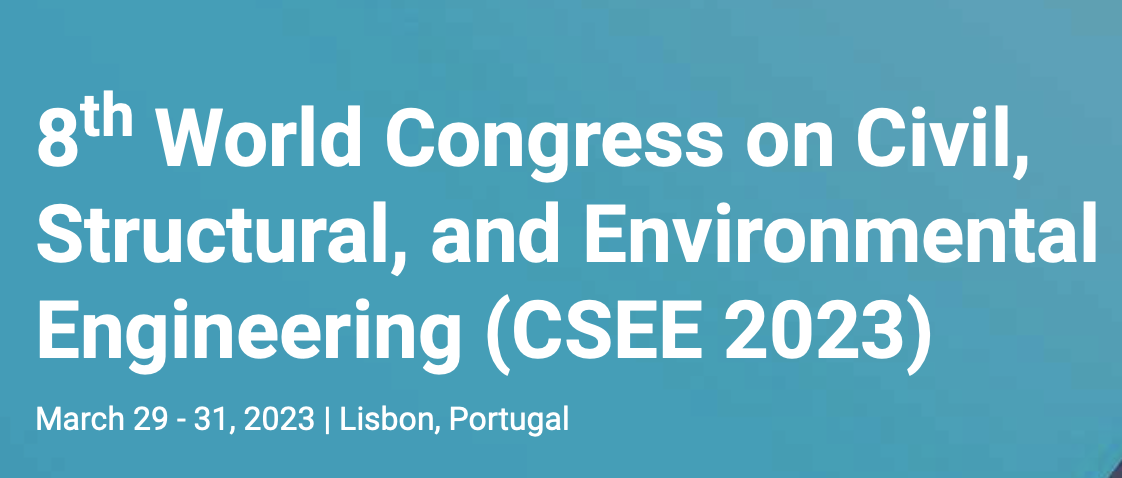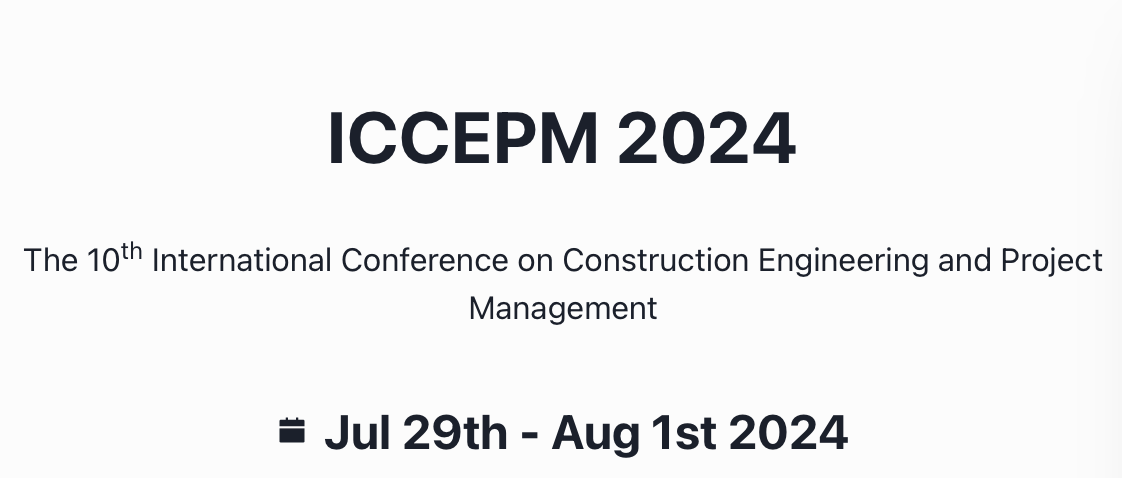INFLUENCE OF PANEL ZONE SIZES ON ULTIMATE BEARING CAPACITY OF H-SHAPED STEEL FRAMES
DOI:
https://doi.org/10.14311/CEJ.2019.04.0044Keywords:
H-shaped steel frame, Panel zone, Strong column factor, Ultimate bearing capacityAbstract
In order to explore the influence of panel zone sizes on the ultimate bearing capacity of H-shaped steel frames, this study examines a steel frame structure with cross-shaped sections consisting of beams, columns and panel zones based on mechanical equilibrium principles. The area ratio of either side of the flange to the web is taken as the main parameter.
The results show that the ultimate bearing capacity ratio curves can be grouped into three types. For the first type, the plastic hinge is formed in the panel zone. For the second type, when Rpcb, the strong column factor, is greater than 1.2, the plastic hinge is formed at the beam end; otherwise the plastic hinge is formed in the panel zone. For the third type, when Rpcb≤0.8, the plastic hinge is formed in the panel zone; otherwise the plastic hinge is formed at the beam end. The ultimate bearing capacity ratio curves of the local section of H-shaped steel largely fall in the first curve type, and the ultimate bearing capacity is larger when the panel zone size is excluded from the calculation than otherwise with the former being one to five times as large as the latter.
Downloads
References
Pan L.L., Chen Y.Y., 2012. Experimental study on H-shaped beam-to-column connections with vertical Stiffener. Journal of Building Structures, 33(12): 1-9. DOI: 10.14006/j.jzjgxb.2012.12.004
Pan L.L., Chen Y.Y., Jiao W.F., Chuan G.H., 2015. Experimental study on panel zone in spatial H-shaped beam-column connections under cyclic loading. Journal of Building Structures, 36(10): 11-19.
Lu L.F., Xu Y.L., Zhou T.H., Zheng H., 2016. Experimental research on box strengthened Joint connection for weak axis of I-section column-H-shaped beam under Monotonic Loading. Journal of Building Structures, 37(2): 73-80. DOI: 10.14006/j.jzjgxb.2016.02.010
Mehmet T., Cem T., 2015. Panel zone deformation demands in steel moment resisting frames. Journal of Constructional Steel Research, 110:65–75. DOI: 10.1016/j.jcsr.2015.02.017
Chen Y.Y., Pan L.L., Jia L.J., 2017. Post-buckling ductile fracture analysis of panel zones in welded steel beam-to-column connections. Journal of Constructional Steel Research, 132: 117-129. DOI: 10.1016/j.jcsr.2017.01.015
Toshiyuki F., 2007. Local elasto-plastic behavior of steel beam to concrete-filled square steel tube column moment connections—Simple model of load-deformation relations for connection details using internal diaphragms or internal diaphragms with extended flanges. Journal of Structural and Construction Engineering, 617: 177-184.
Toshiyuki F., 2015. Local elasto-plastic behavior of steel beam to concrete-filled square steel tube column moment connections—Model of load-deformation relations for eccentric details using internal diaphragms or internal diaphragms with extended flanges. Journal of Structural and Construction Engineering, 714(80): 1337-1345.
Shintaro M., Takuro O., Ryusuke I., Tsuyoshi T., 2013. Elasto-plastic behavior of offset beam-to-column connection panels with exterior diaphragms. Journal of Structural and Construction Engineering, 692(10):1823-1830. DOI: 10.3130/aijs.78.1823
Iathong C., Yuji K., Keiichiro S., 2015. Effects of input direction of ground motion and column overdesign factor on seismic response of 3D steel moment frames with square tube columns. Journal of Structural and Construction Engineering, 717(80): 1773-1783.
Hiroyuki T., Gregory M., Laura L., 2007. Evaluation of seismic response of multi-story structures using dynamic stability coefficients. Journal of Structural and Construction Engineering, 618(8): 65-72.
Hiroyuki T., Gregory M., Laura L., 2010. Continuous Column Effects of Gravity Columns in U.S. Steel Moment-resisting Frame Structures—Continuous columns effects in steel moment frames in perspective of dynamic stability Part 2. Journal of Structural and Construction Engineering, 650(75): 761-770.
Zhang H.D., Wang Y.F., 2012. Energy-based study on the dynamic elastic plasticity seismic capacity of a high-rise steel structure. China Civil Engineering Journal, 45(6): 65-73. DOI: 10.15951/j.tmgcxb.2012.06.015
AISC (American Institute of Steel Construction), 2016. AISC 314-16: Specification for Structural Steel Buildings. AISC, Chicago, Illinois, USA.
BRI (Building Research Institution of Japan), 2006. Design specifications of steel structure joint 3: 206. BRI, Tokyo, Japan.
Trahair N.S., Bradford M.A., Nethercot D.A., 2001. The behaviour and design of steel structures to BS5950. 3rd British ed. Spon press, London, UK. 356-390.
Inoue K., 2003. The theory and design of the building steel structure. The Kyoto University Publishing House, Kyoto, Japan.
Heidarpour A., Bradford M.A., 2009. Elastic behaviour of panel zone in steel moment resisting frames at elevated temperatures. Journal of Constructional Steel Research, 65(2): 489-496. DOI: 10.1016/j.jcsr.2008.02.010
Castro J.M., Elghazouli A.Y., Izzuddin B.A., 2005. Modelling of the panel zone in steel and composite moment frames. Engineering Structures, 27(1): 129-144. DOI: 10.1016/j.engstruct.2004.09.008
Downloads
Published
How to Cite
Issue
Section
License

This work is licensed under a Creative Commons Attribution-NonCommercial 4.0 International License.
Authors who publish with this journal agree to the following terms:
- Authors retain copyright and grant the journal right of first publication with the work simultaneously licensed under a Creative Commons Attribution License that allows others to share the work with an acknowledgement of the work's authorship and initial publication in this journal.
- Authors are able to enter into separate, additional contractual arrangements for the non-exclusive distribution of the journal's published version of the work (e.g., post it to an institutional repository or publish it in a book), with an acknowledgement of its initial publication in this journal.
- Authors are permitted and encouraged to post their work online (e.g., in institutional repositories or on their website) prior to and during the submission process, as it can lead to productive exchanges, as well as earlier and greater citation of published work (See The Effect of Open Access).








 ¨
¨
